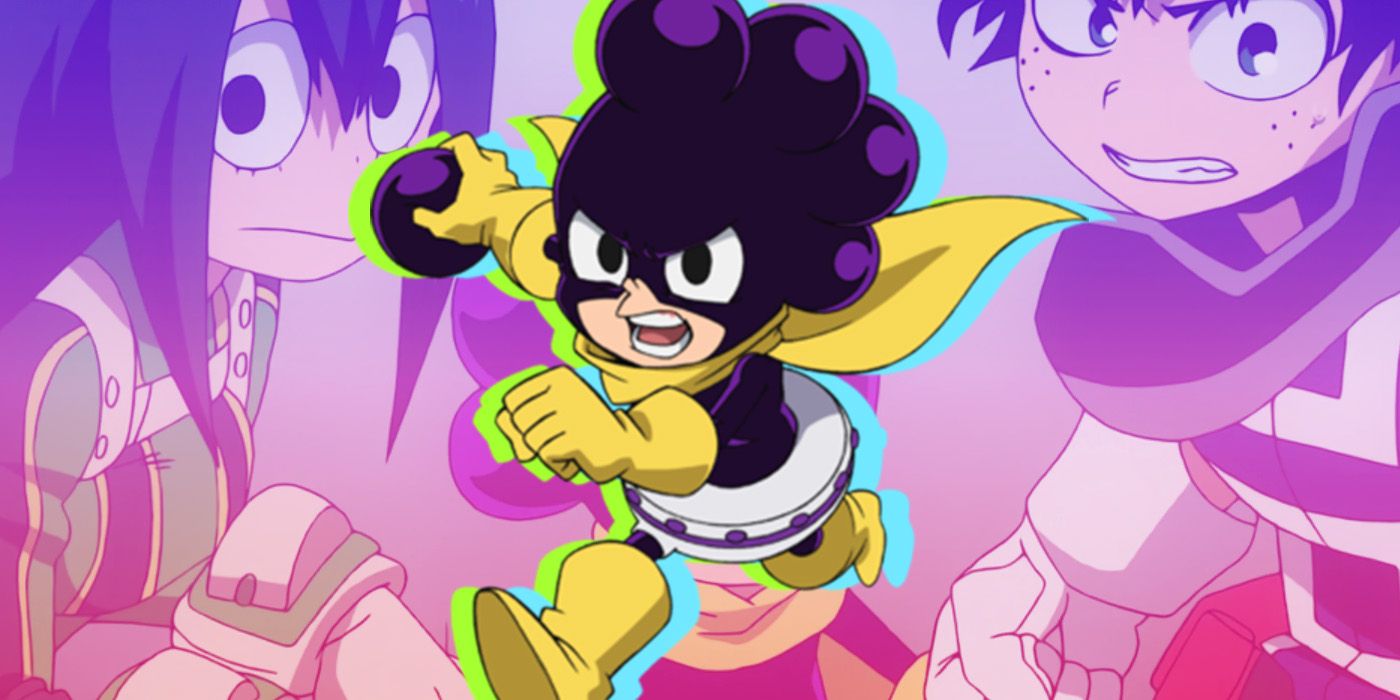
In the diverse universe of anime, heroes often shine brightly. Icons like Son Goku, Yuji Itadori, and Izuku Midoriya have captured hearts globally. But not every character sparks delight. Some fall into the abyss of disdain, walking the fine line between villain and hero. These troublemakers are crafted to irk and rile.
Their pest-like qualities don’t just annoy viewers. They grate on the nerves of fellow characters too, making their bothersome nature even more prominent. Sometimes, they’re aware of the chaos they cause. Other times, they’re blissfully ignorant. Loved by a select few and despised by many, these characters often polarize audiences, remaining irritatingly unforgettable.
Hayase Natagoro: The Annoyance as an Art Form
Hayase Nagatoro, from “Don’t Toy With Me, Ms. Nagatoro!”, exemplifies irritation as her existence. Her bratty behavior might seem off-putting. Still, it’s integral to her character’s storyline. Her frequent teasing of Naoto Hachioiji initially pushed anime fans away. Yet, her character evolves. Eventually, she balances her annoying side with redeeming qualities.
As a high schooler, Hayase derives pleasure from relentlessly tormenting her Senpai. Her story invites varied fan interpretations, showcasing a compelling balance between positive and negative traits.
Nino Nakano: From Tsundere to Tender
Nino Nakano of “The Quintessential Quintuplets” might seem the quintessential bad apple. However, she hides a sensitive side beneath her brash exterior. While she often lashes out and criticizes, her affection for Futaro Uesugi adds depth. The journey reveals layers to her initially grating demeanor.
Nino’s character embodies the classic tsundere trope, creating tension between irritation and attraction. Her controversial actions, like drugging Futaro, certainly spark debate.
Dot Barrett: Jealousy’s Loud Echo
Dot Barrett from “Mashle: Magic and Muscles” fights a complex battle of self-image. His jealousy of handsome peers creates discord. Yet, his belief in friendship remains admirable. Dot’s loud, brash nature often sabotages his likable qualities, but his loyalty is undeniable.
Mash Burnedead’s motley crew at Easton wouldn’t be the same without Dot. His jealousy forms a peculiar narrative for audiences to dissect.
Zenitsu Agatsuma: A Thunderous Presence
“Zenitsu Agatsuma” in “Demon Slayer” blends talent with terror. His essence pairs remarkable Thunder Breathing with incessant complaining. Initially, his anxieties overshadowed his potential. However, scenes of bravery reveal a more redeemable side.
Zenitsu’s romantic desperation and fear make him both relatable and grating. His dynamic is a rollercoaster of emotions, inviting fans to love and loathe him simultaneously.
Marie Fou Lafan: A Sibling Saboteur
Marie, from “Trapped in a Dating Sim,” embodies familial conflict. Her mission to disrupt Leon’s adventure lacks direction. Her motives, driven by jealousy, echo a classic himedere’s thirst for power.
Marie’s antics, however, remain consistently infuriating, anchoring her as an antagonist. Her presence challenges Leon, though fans may yearn for more substance in her narrative.
Sachi Umino: A Creepy Twist on Sisterhood
Sachi Umino, from “A Couple of Cuckoos,” complicates sibling relationships. Her attachment to her brother, Nagi, crosses conventional lines. Though her intentions may stem from loneliness, they remain unsettling.
Her antics present a shocking twist in sibling dynamics, and her tsundere moments amplify her unsettling presence. Sachi’s narrative unfolds with a blend of unease and curiosity.
Ren Yamai: A Stalker in the Spotlight
Ren Yamai from “Komi Can’t Communicate” introduces a controversial yandere archetype. Her kidnapping antics should horrify more than entertain. Despite her crimes, Komi befriends her, adding complexity to their dynamic.
Ren’s behavior blurs the line between humor and crime, creating a love-hate relationship for viewers. Her “plot armor” shields her from consequences that would typically follow such actions.
Gabi Braun: The Marley Manipulate
“Attack on Titan”‘s Gabi Braun is a product of her environment. Her unwavering hatred for Paradis Island causes friction among fans. Her loud and aggressive nature embodies Marley’s indoctrination.
Gabi’s narrative is a commentary on political brutality, yet fans struggle with her obstinance. Her growth or lack thereof leaves audiences divided.
Motoyasu Kitamura: The Isekai Menace
Motoyasu Kitamura, in “The Rising of the Shield Hero,” embodies the negative aspects of isekai tropes. His naivety and arrogance fuel his poor decisions. His trust in deceptive characters like Princess Malty only adds to his irritating nature.
Motoyasu’s unearned confidence and misguided actions paint him as an antihero in an already tumultuous world.
Minoru Mineta: The Perpetual Pariah
Finally, we face Minoru Mineta from “My Hero Academia.” His character endures as a satire gone awry. His antics are overshadowed by controversy. His blend of cowardice and inappropriate behavior makes him unlikable to many.
Mineta’s rare redeeming moments can’t cleanse his reputation. His archetype struggles to find relevance in the ever-shifting landscape of anime.
In exploring these characters, one recurring theme emerges: they provoke a reaction. Whether that’s annoyance or intrigue, each serves a unique role, creating tension in their respective stories.
Read this article and more at August Tales Comics. Your go-to site for trade paperback exchanges and comic book news! Trade. Read. Repeat.
#comics #comicbooks #graphicnovel #graphicnovels #augusttales
Image credit: www.cbr.com







